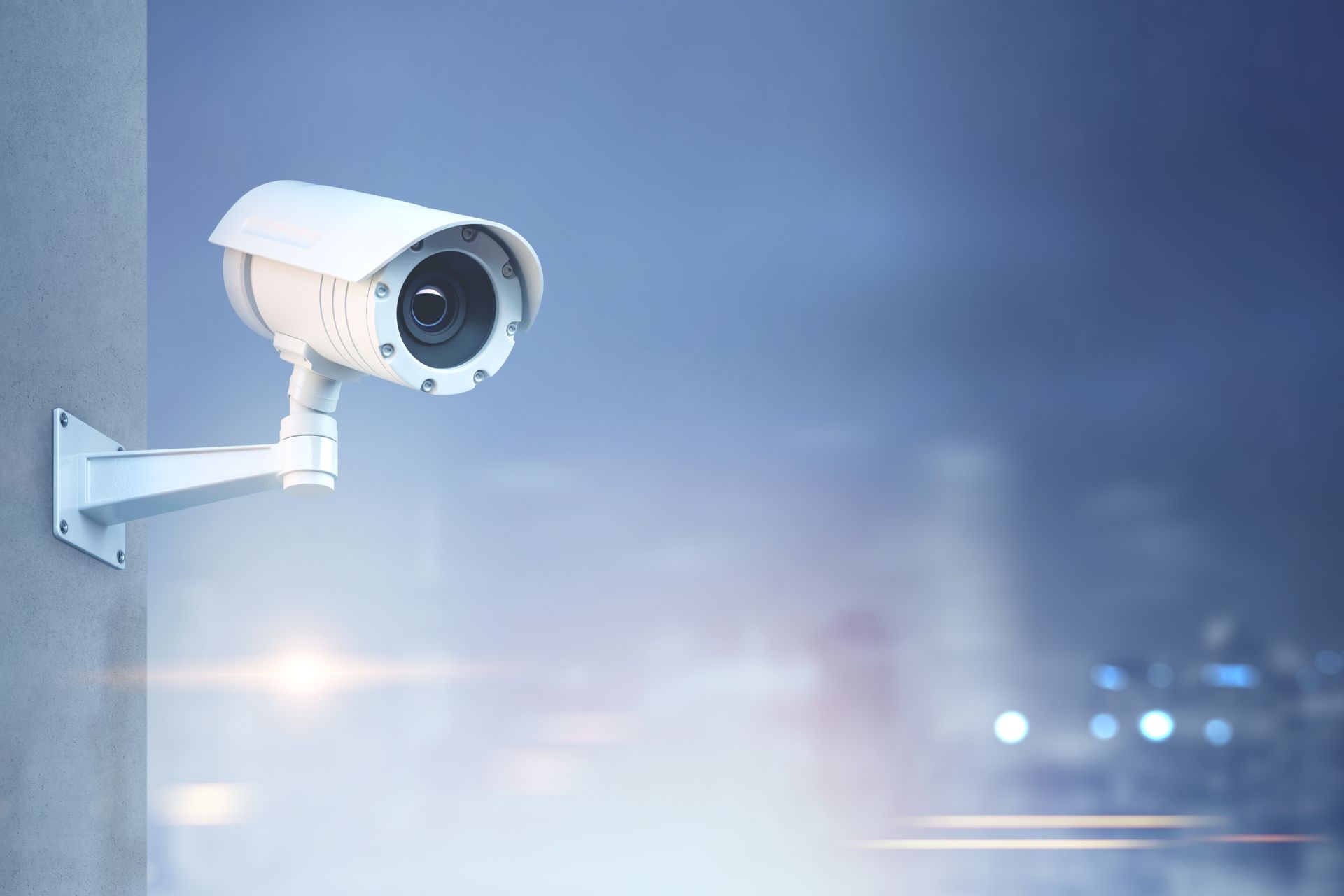Empirical Mode Decomposition (EMD)
How does Empirical Mode Decomposition (EMD) handle non-linear and non-stationary data?
Empirical Mode Decomposition (EMD) handles non-linear and non-stationary data by decomposing the signal into intrinsic mode functions (IMFs) that capture the local oscillations within the data. This adaptive data-driven approach allows EMD to effectively extract both high and low-frequency components present in the signal, making it suitable for analyzing complex and dynamic signals that exhibit non-linear and non-stationary behavior.



